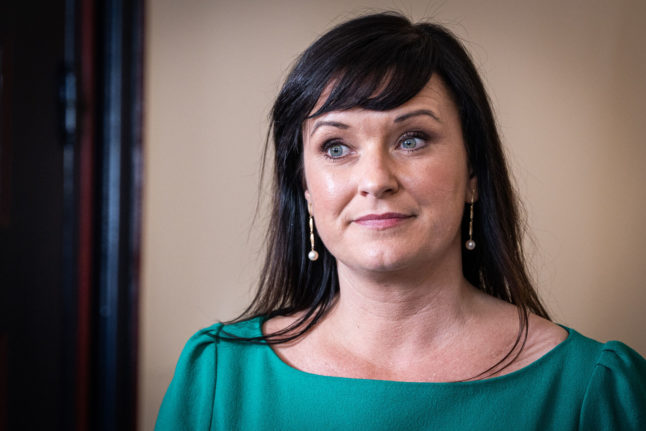Stockholm county health authority has proposed that those responsible for mistakes can be held liable to pay for all care costs in the two years after the error.
“It concerns operations which have to be repeated as a result of sloppy practice in the first instance,” said county commissioner Stig Nyman to Svenska Dagbladet (SvD).
Stockholm county council launched a new model at the beginning of the year for the seven care centres which conduct hip and knee operations. Henrik Almkvist, chief physician with the local health care administration, said to SvD that the system will gradually be rolled out to cover all health care services, even psychiatry and primary care.
Stig Nyman hopes that it “can increase the focus” on the development of sound routines, the double checking of mistakes and encourage the reporting of all mistakes so that lessons can be learned.
“When it can be proven that the staff have not done everything they can to avoid injury or infection then the hospital should stand for the all the costs for any new operations and aftercare.


 Please whitelist us to continue reading.
Please whitelist us to continue reading.